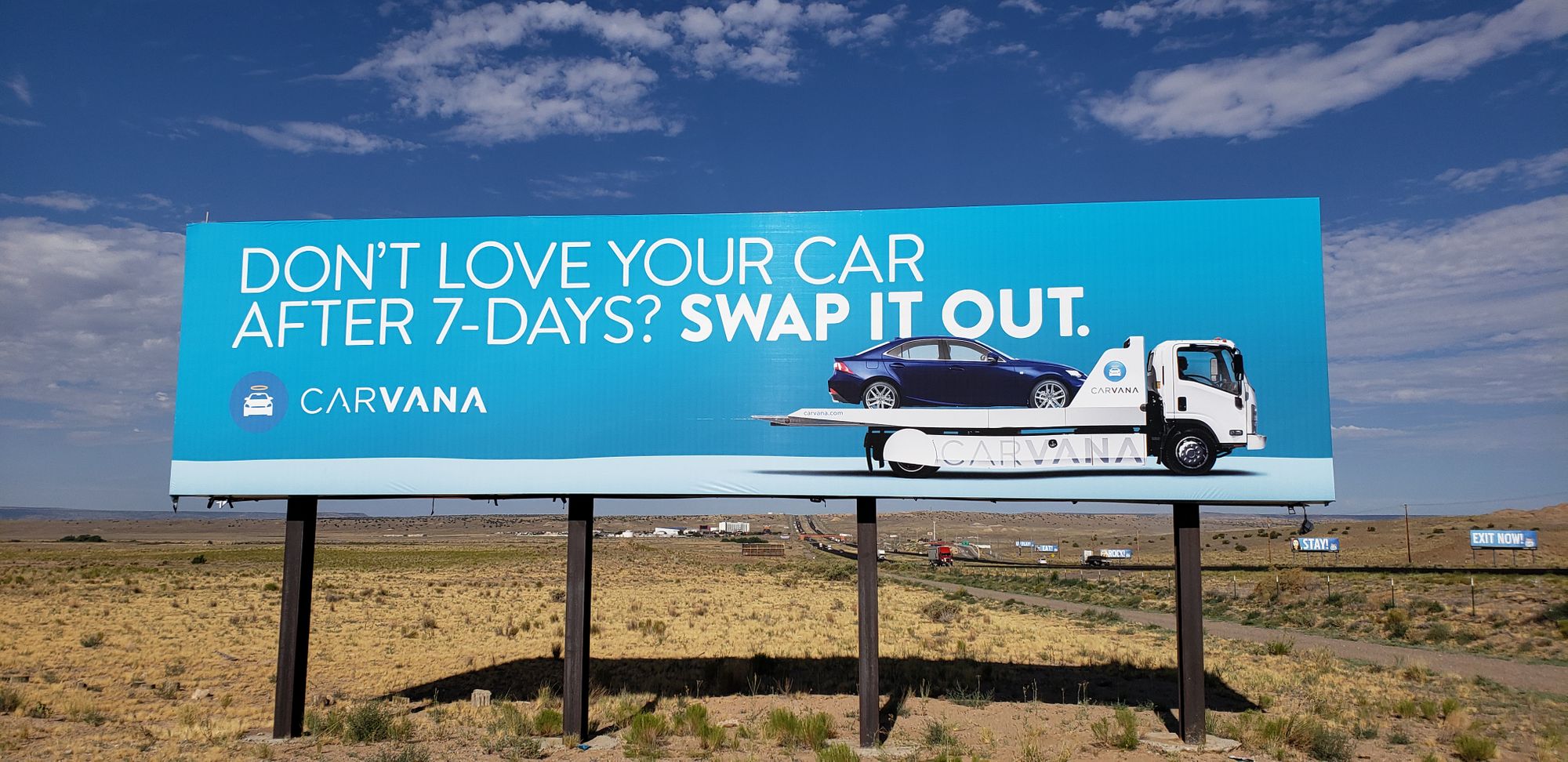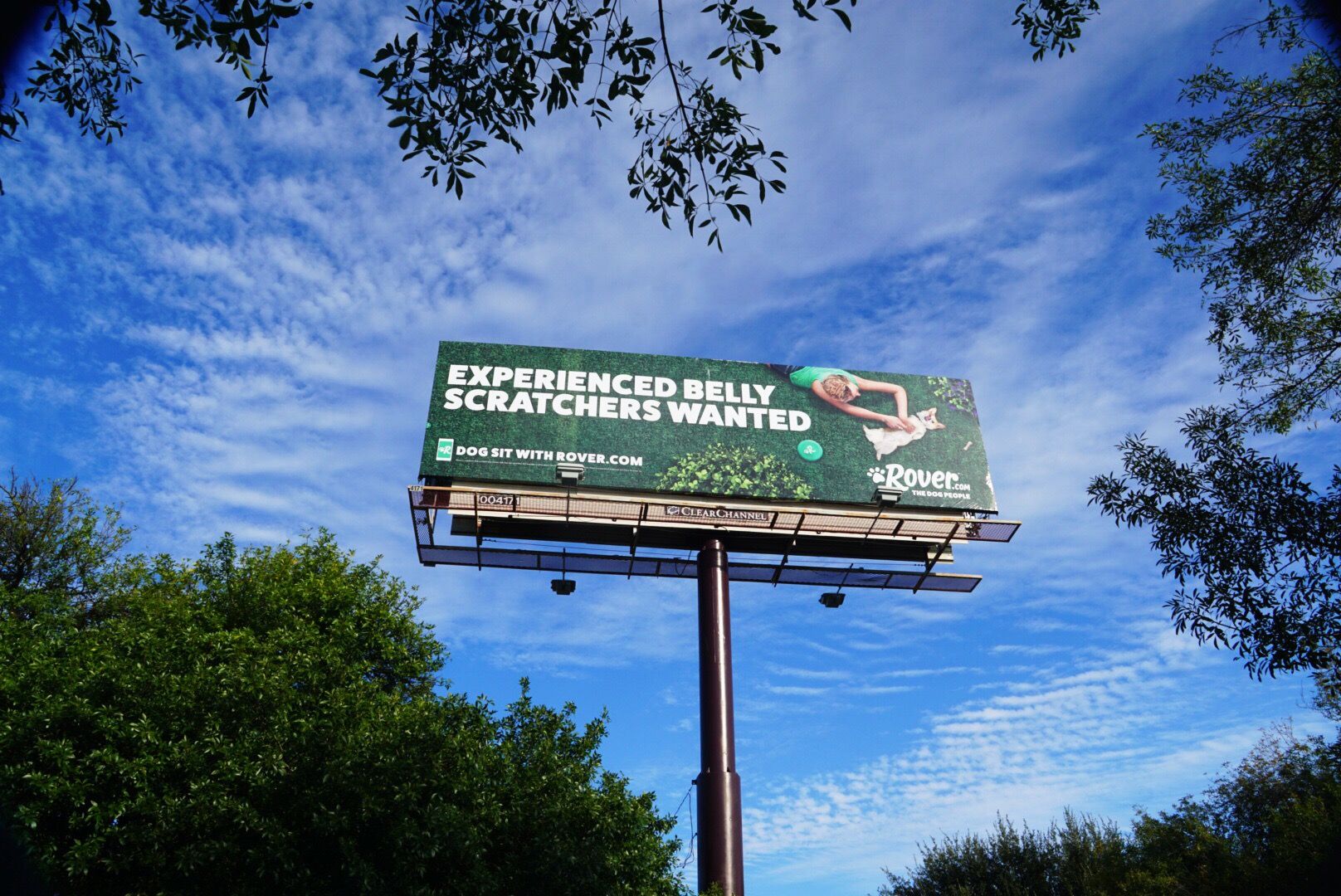How Leveraging Psychology Helps Create Engaging Outdoor Ads
When it comes to outdoor advertising — or advertising in general — your campaign is only as effective of your ability to reach and engage people. After all, as consumers, we rely on our instincts, intuition, past experiences,

When it comes to outdoor advertising — or advertising in general — your campaign is only as effective of your ability to reach and engage people. After all, as consumers, we rely on our instincts, intuition, past experiences, and lessons learned to make our best judgment calls with our money and time.
If you’re in the driver’s seat of planning an outdoor ad campaign, you need to make sure that you’re telling your company’s story in a way that is impactful, engaging, and empathetic.
That’s why it’s so important to have an understanding of human psychology at all stages of the media planning process. You can think of research as the story behind the story of what will make audiences smile or laugh, take a pause from walking, pay attention, or remember a message.
Here are the principles that we see guiding some of our most impactful campaigns at AdQuick.
Catch people off-guard
While you don’t want to scare people, it is important to share a message that inspires people to ask questions. As Ben Parr, Author of Captivology: The Science of Capturing People’s Attention writes for Harvard Business Review, “We pay special attention to anything that violates our expectations.”
That’s because we’re hard-wired to figure out whether what we’re perceiving is “good” or “bad?” If something is equal parts disruptive and delightful, where you’ll land is “awesome.” Parr makes the following recommendations that may be relevant to your campaign:
- Ask an unexpected question
- Invite people to try something new
- Show proof that there’s a better way of doing things

Demonstrate a contrast
Results speak louder than words. That’s because our brains are better equipped to make judgment calls when we see a distinction between what we already have and what we’re proposing.
The best way to demonstrate contrast is to use an impactful visual — through photography or stats. That’s because images bring concrete value to something that might otherwise be theoretical.
“You must literally illustrate the current status quo as a messy situation fraught with peril, side-by-side with an alternative approach that addresses all of the issues and cleans up the mess,” writes Tim Riester, an entrepreneur and author who specializes in messaging, for Harvard Business Review.
This marketing strategy speaks to our innate survival instincts in what Tim Riester calls “the old brain.” But what’s “old” about our brains is still pretty new, right?
Get people laughing and smiling
Psychology research shows that when people are happy, there’s less friction with the things that we do. We’re more productive, inspired, optimistic, and collaborative. It’s not that things buy us happiness — it’s that we make better decisions for ourselves when we’re in a positive state of mind.
A study published in the Journal of Consumer Research found, for instance, “that it’s better to go shopping when the going’s not so tough, and we’re in a good mood, because we make faster and more consistent decisions.”
“The authors manipulated study participants' moods by showing them pictures of positive things, like cute puppies, or unpleasant things, like diseased feet, and then showed them pictures of common objects, one at a time.”
People who saw things that made them happy responded more quickly and consistently. Meanwhile, those who didn’t like what they saw were more likely to respond later.
There are many ways that you can encourage the spread of positive emotional contagions through your ads.

Final thoughts
The most timeless rule of consumer psychology is that your brand will benefit when you create a positive experience. Keep your messaging lighthearted, offer up the unexpected, show people a better way of doing things, and appeal to peoples’ innate desires to be happy. Capturing attention — and getting people to talk about your brand, company, or product — is as simple as the message you’re able to deliver. Better make it a good one.
Contributors Statement
This blog post was a collaboration between the AdQuick team. Chris Gadek, John McClung, and Jack Gaylor contributed to this piece. Payton Biddington created the visuals.
If you'd like to learn how out of home can work with your unique marketing campaign and business, send a quick email to [email protected] or call (213) 986-6179. We'll reach out with case studies and recommendations tailored to you.
Disclosure
The opinions expressed are those of the authors. This material has been prepared for educational purposes only. Please be sure to consult with your internal team of stakeholders to assess your specific needs before adapting any practices from this blog, as your own.

